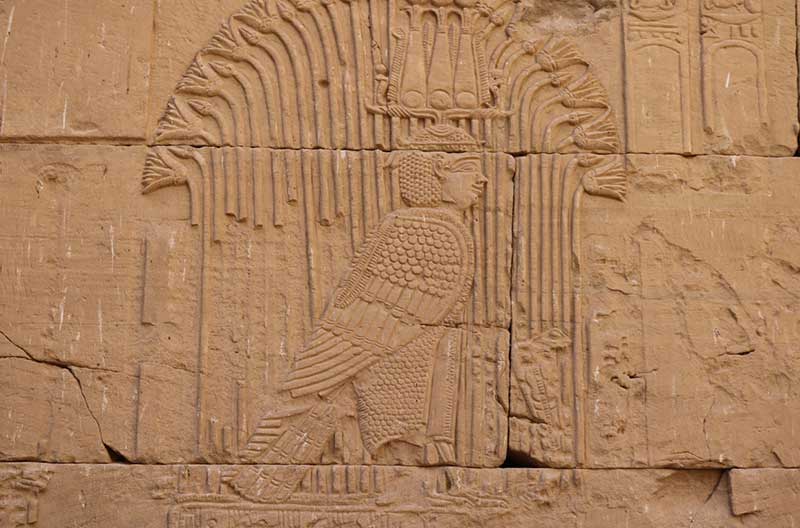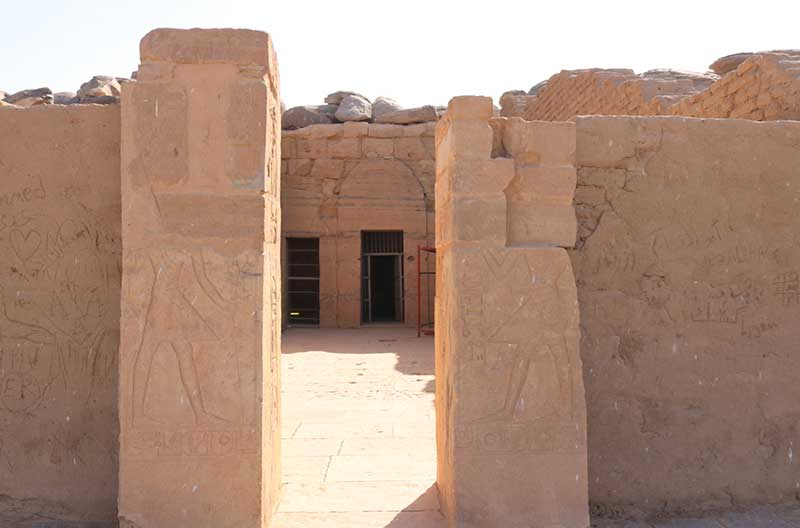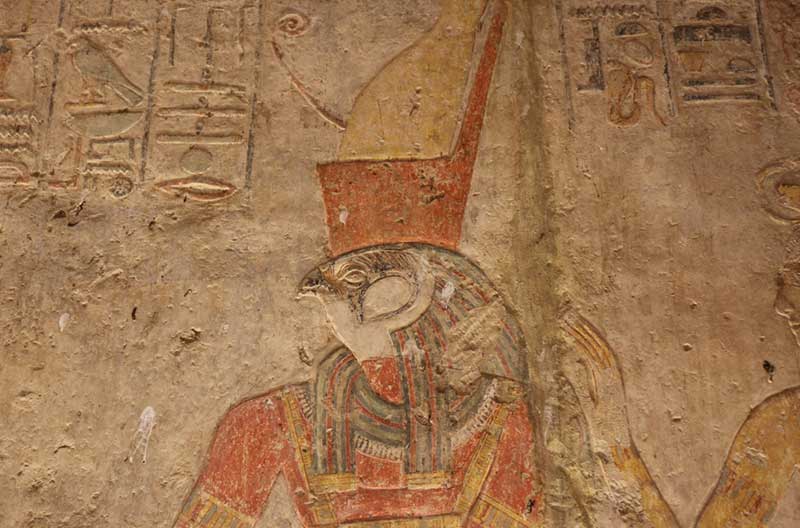Beyond the Usual – A visit to the New Kalabsha Complex in Aswan, Egypt
Kalabsha? You will never see the name of this temple in any of the standard itineraries of Egypt. If you are with a guide, you would be told that it is a waste of time – mostly out of their own ignorance. At the least, you might see this monument on the itineraries of the Lake Nasser cruises.
A tourist Aswan is dominated by well-known sights like the High Dam, Temple of Philae, the Unfinished Obelisk, visit to the Nubian village and maybe a jaunt to Abu Simbel – but Kalabsha? No one has heard of it!
The lack of visitors is starkly apparent by the steep fees that you pay to make the short journey cross Lake Nasser to the new Kalabsha complex! And of course, you are in one of the few important monuments in Egypt where there are no other tourists photo bombing!

Why visit at all?
Maybe I can entice you to visit this lovely place with this small discussion! Feeling the effects of a heated disagreement with my Guide (the normally affable – Mr. Sabre), we quietly took the boat to the Complex. The New Kalabsha complex consists of various different monuments re-located to avoid immersion in Lake Nasser formed due to the building of the High Dam. These are smaller engineering feats and are obviously dwarfed by the more famous (and awe inspiring) Abu Simbel and Temple of Philae – both of which were also relocated due to the same reason. Nevertheless, the importance and beauty of these monuments would prompt a truly interested traveller to make the trip here.
The 4 main monuments in this complex are:
- The Kalabsha temple dedicated to the Nubian God – Mandulis (50 BC – Late Ptolemaic period)
- Beit el-wali (literally the house of the Holy man)
- Temple of Gerj Hussein (House of Ptah – time of Rameses II – 13-14 Century BCE)
- Kiosk of Kertassi (a smaller contemporary of Trajan’s Kiosk at Philae)
The temple of Kalabsha
An imposing stone causeway leads from the banks of the lake to the first pylon of the temple. A colonnaded court leads you into the eight columned hypostyle hall. Note the hieroglyphs and the reliefs of Greek pharaohs paying homage to Ancient Egyptian deities. Look for Mandulis, the god clad in the vulture-feathered cloak. (see pic) Built during the late Ptolemaic period (50 BC) and completed during the reign of the Roman emperor Augustus, the Temple of Kalabsha was dedicated to the Nubian god called Mandulis. (roughly equivalent to the Egyptian Horus – Body of a falcon and face of a man)
Although the building was never completed, it “is regarded as one of the best examples of Egyptian architecture in Nubia.” Notice the Nubian hairstyle on the Pharaohs!

Beit el-wali
Behind the temple of Kalabsha, you will notice a rough road leading ostensibly nowhere. Force your tired legs to follow this route to a small rock-cut monument called the Beit El-wali – literally meaning the House of the Holy Man – most probably referring to a Christian saint who occupied it for some time.
The inconsequential looking entrance will open up surprises in the form of the amazingly preserved coloured reliefs! Could describe some of them as ‘garish’ as well! These were the most colourful reliefs I have seen in Egypt and make the small trek and the disagreement with my guide worthwhile!








Leave a Reply